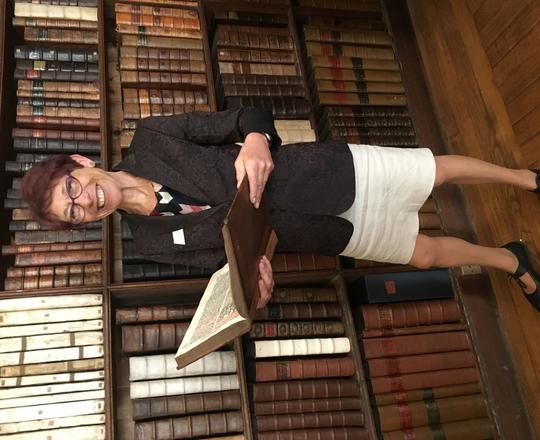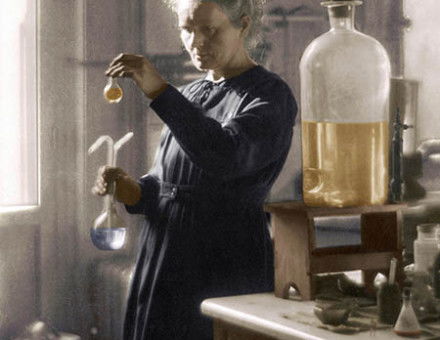
So he did lose several million in today’s currency on that particular venture. He invested in again at a higher price, and he watched the value crash. He made a small fortune, but then he made the classic beginner’s error. There was this famous occasion - it’s the anniversary this year of what’s called the South Sea Bubble - when he invested a small fortune in a new company, the South Sea Company, and he watched the levels rise, and he stayed in there, and he sold when the stocks had gone up. He also invested in other stock market companies. He invested in global trading companies like the East India Company, for example, that were sending guns and textiles out to Africa and then shipping enslaved peoples over to the Americas.

He also got a premium, a reward for every single gold coin that was minted. When he went down to London, he had far more than he ever did as a Cambridge professor because he was running the London Mint. How was it that he died rich?įARA: He earned his money from several different ways. Patricia joined Tyler to discuss why Newton left Cambridge to run The Royal Mint, why he was so productive during the Great Plague, why the “Scientific Revolution” should instead be understand as a gradual process, what the Antikythera device tells us about science in the ancient world, the influence of Erasmus Darwin on his grandson, why more people should know Dorothy Hodgkin, how George Eliot inspired her to commit unhistoric acts, why she opposes any kind of sex-segregated schooling, her early experience in a startup, what modern students of science can learn from studying Renaissance art, the reasons she considers Madame Lavoisier to be the greatest female science illustrator, the unusual work habit brought to her attention by house guests, the book of caricatures she’d like to write next, and moreĬOWEN: Let’s start with Isaac Newton. Her work emphasizes science as a long, continuous process composed of incremental contributions–in which women throughout history have taken a crucial part–rather than the sole province of a few monolithic innovators.

Her forthcoming book, Life After Gravity: Isaac Newton’s London Caree r, details the life of the titan of the so-called Scientific Revolution after his famous (though perhaps mythological) discovery under the apple tree. Patricia Fara is a historian of science at Cambridge University and well-known for her writings on women in science.

Here is the audio, video, and transcript. The last chat was with Brian Armstrong about bitcoin, this one started with Isaac Newton and bit coins (really).


 0 kommentar(er)
0 kommentar(er)
